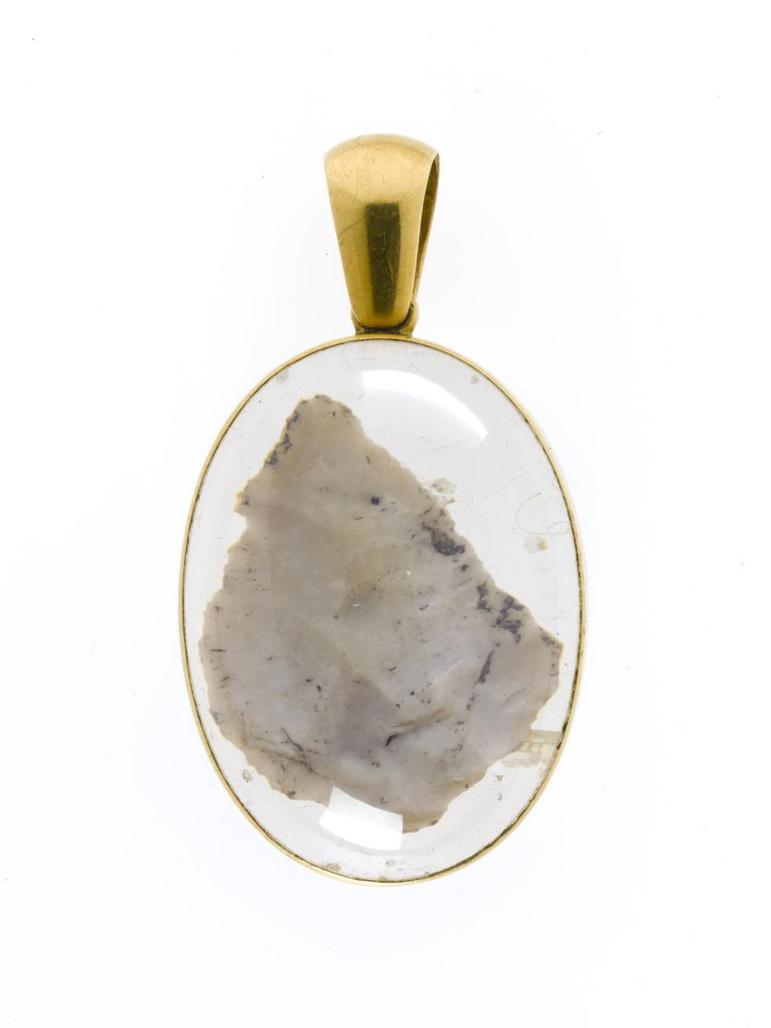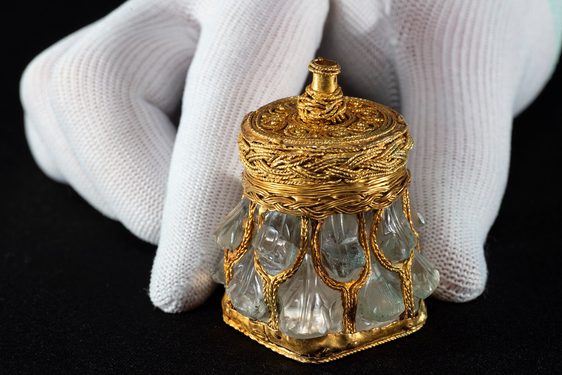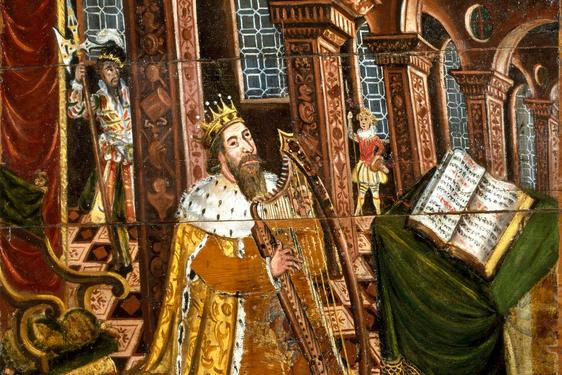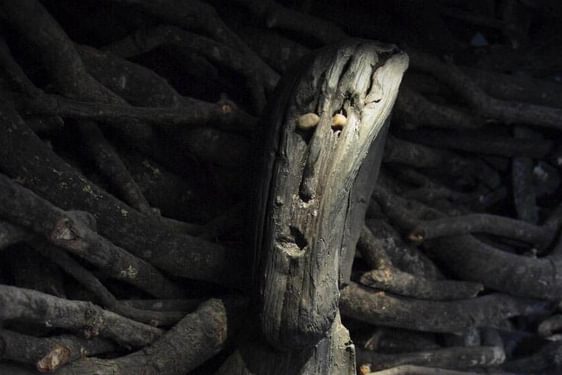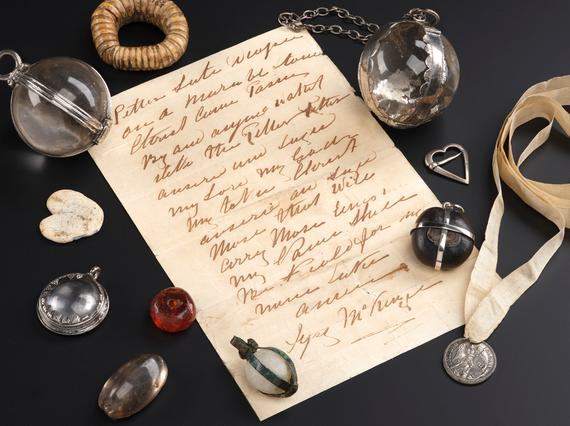
From amulets to elf bolts: 11 Scottish Charms
News Story
Before the advent of modern medicine, infectious diseases were common, and the average lifespan was short. Doctors and chirurgeons (surgeons) were only found in the main towns, so people used home remedies to try and cure their ailments.
People believed certain elements and materials contained special powers. They used charms containing, or made from, these resources to cure and ward off illness and disease. Such misfortune was assumed to have supernatural as well as natural causes, and belief in the ‘evil eye’ and witchcraft was deeply rooted. We delve into eleven objects and charms that people used for centuries in hopes of curing their ailments and warding off ill health and death.
1. Amulets for protection
Amulets were used to protect against illness and death.
This slate charm comes from Islay in the Inner Hebrides. It is decorated and credited with curative properties and may have been the amulet of a folk healer.
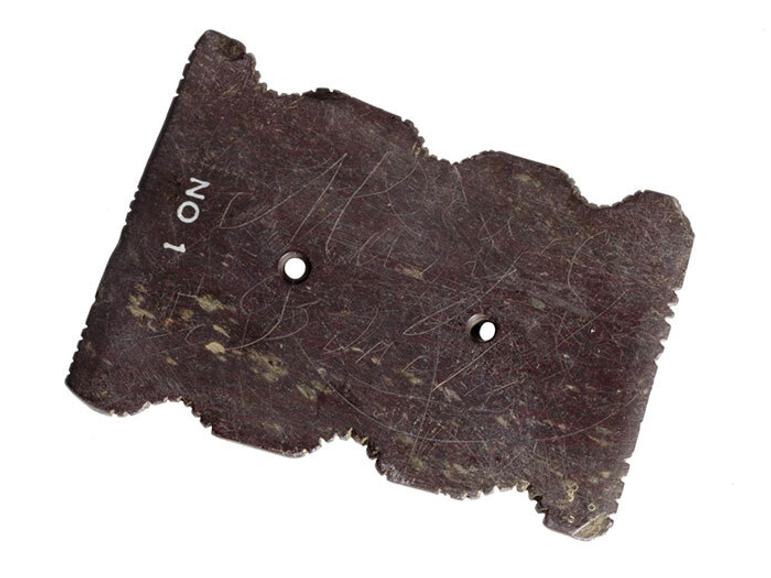
2. Amber charms for eye conditions
While surgery to remove eye cataracts was performed as early as 500 BC, people often used home remedies to treat their eye conditions. They believed amber held healing properties for the eyes and rubbed amber beads and charms on their eyelids to cure failing eyesight.
These large amber beads were used as a charm against blindness by the MacDonalds of Glencoe in Inverness-shire. They were probably once part of a necklace.
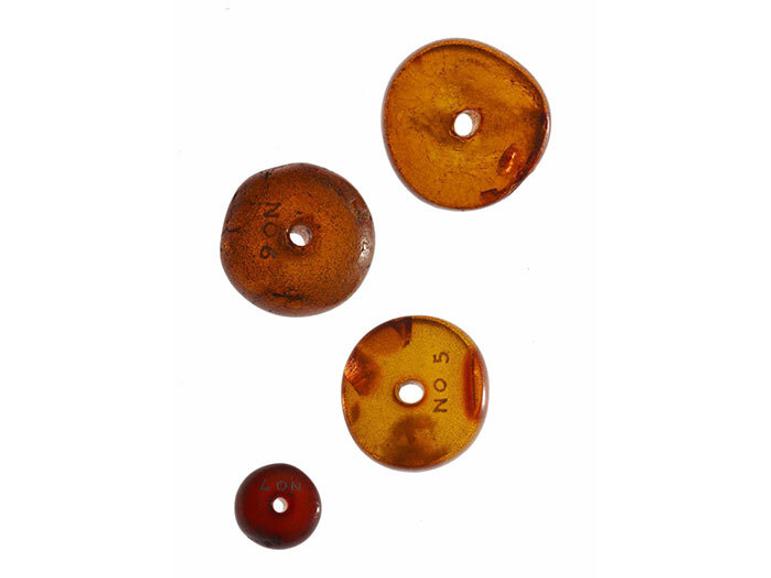
3. Charms to protect the heart
People used heart shaped charms for healing and protection against heart ailments. This 19th century charm was used to protect children against heart ailments, and perhaps more general illnesses, in Forres.
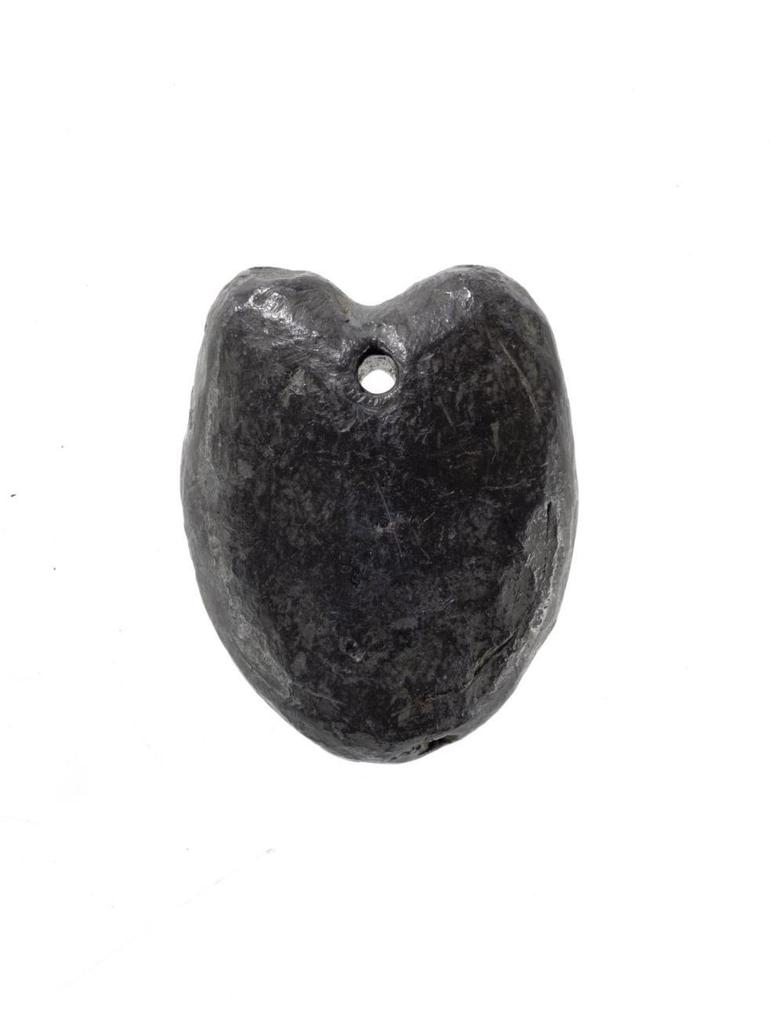
4. A rock crystal dipping charm
This rock crystal ball charmstone belonged to the Stewarts of Ardsheal in Argyllshire. The silver mounts enclosing the charmstone date from the 16th or 17th century. Charms were sometimes fixed to a chain so they could be dipped in water, often accompanied by a verbal charm or prayer. The water was then given to the person or animal to drink.
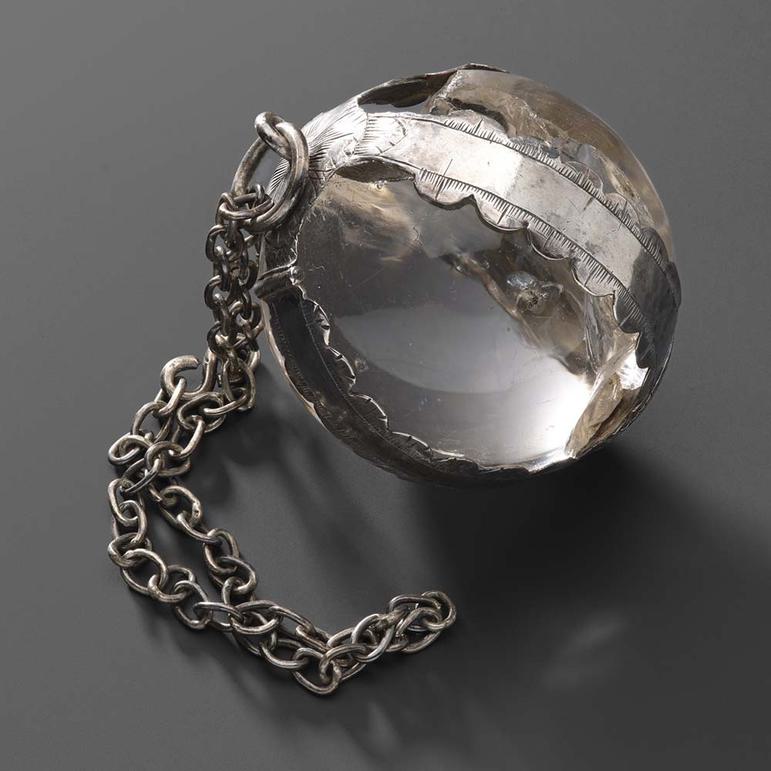
5. A crystal charmstone for protection
This crystal charmstone may date from the 7th or 8th century. The silver mount is 17th century. It has a suspension loop for a chain, possibly for dipping in water. For centuries, the charmstone belonged to the Campbells of Glenorchy in Argyllshire. It is said to have been worn by Sir Colin Campbell when fighting the Turks in Rhodes in the 15th century.
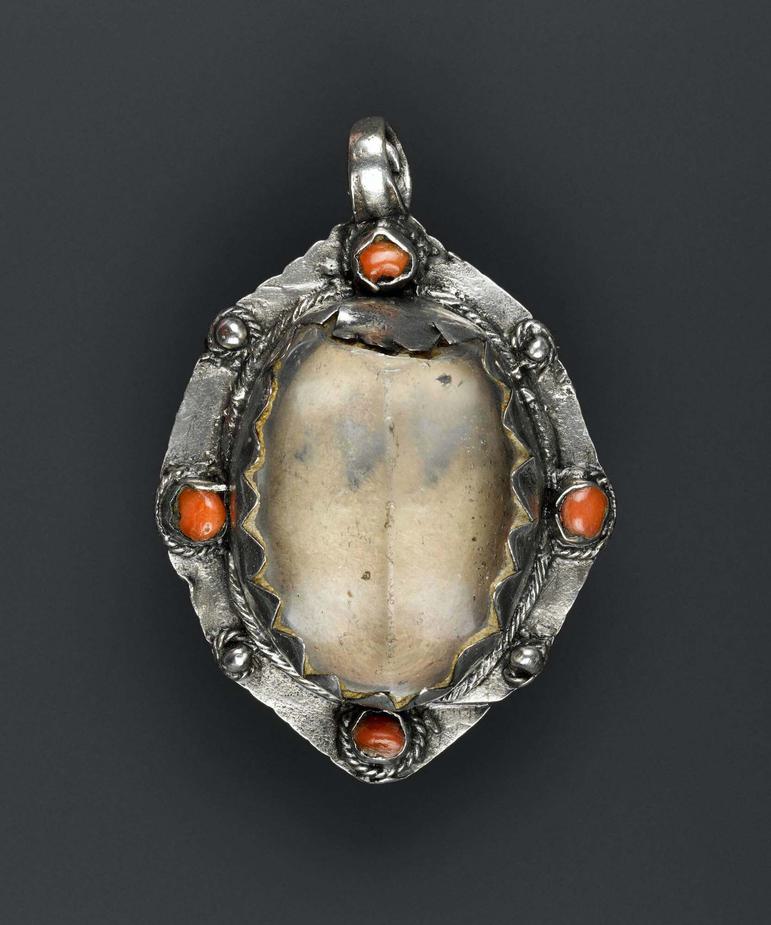
6. Keeping evil dreams away
This foot shaped charm was used in in Galloway or Kirkcudbrightshire. It would have hung at the foot of a bed to keep evil dreams away while the owner was sleeping.
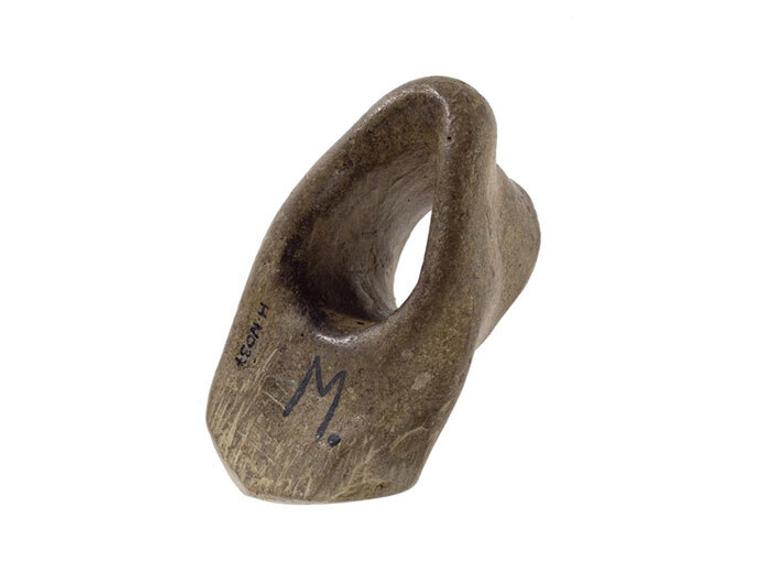
7. Seed charms for protection in childbirth
Seed charms were often given as protection for childbirth. In Gaelic, these seed charms are sometimes referred to as 'Airne Moire' or 'Mary's Nut'.
This 18th century drift seed charm is made from the seed of a tropical tree, Ipomoea Tuberosa. The seed was carried by sea to Colonsay, Argyll. It is engraved with the motto of MacNeil of Barra, 'VINCERE AUT MORI', which translates as 'To conquer or die'.
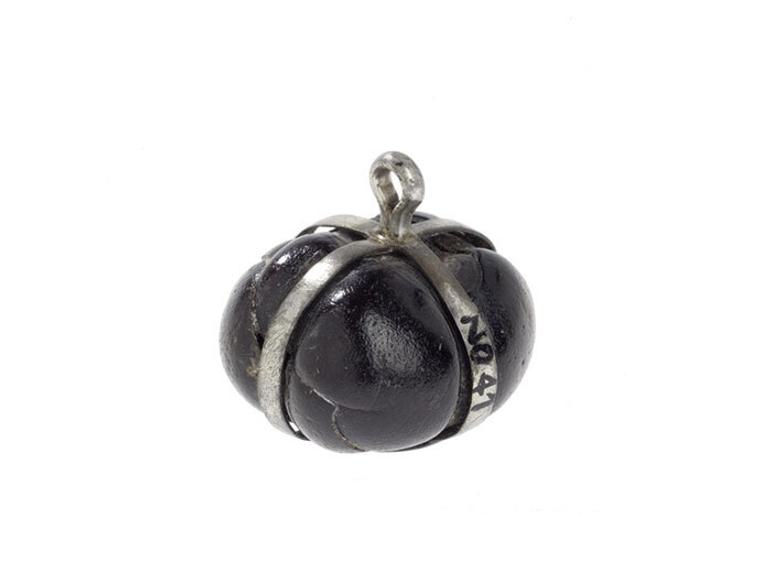
8. Thrapples for whooping cough
Whooping cough, once known as kinkcough in Scotland, is very contagious. It begins with a cough and fever and leads to intense coughing fits which can cause broken ribs or vomiting. People thought certain charms could cure whooping cough.
This charm, made from the thrapple (larynx) of a goose, is curved into a circle and filled with small stones. The wearer would hang it round their neck where it would shake and rattle as protection against whooping cough.
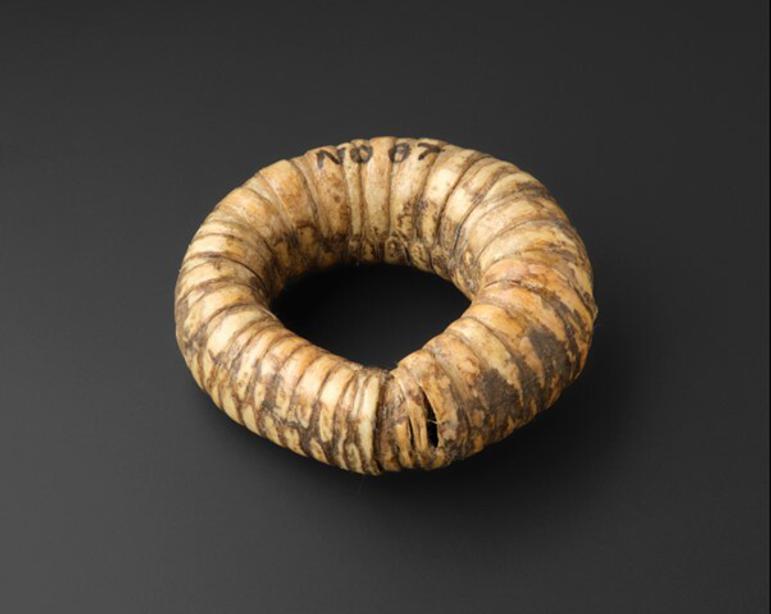
9. Writing the toothache away
People believed toothache was due to tooth worms living in teeth. Remedies existed to treat the pain but there were no dentists. Instead, people visited the barber if they required the extraction of a painful tooth. Barbers could also draw out blood, seen as a cure for many ailments
Written charms to cure toothache were common in the Highlands. They were often folded up and worn by the sufferer.
Jessy McKenzie, the wife of a gamekeeper at Garve in Ross-shire, gave this signed charm to a domestic servant in Dingwall in 1869. The words describe a circumstantial account of Christ healing St Peter from toothache.
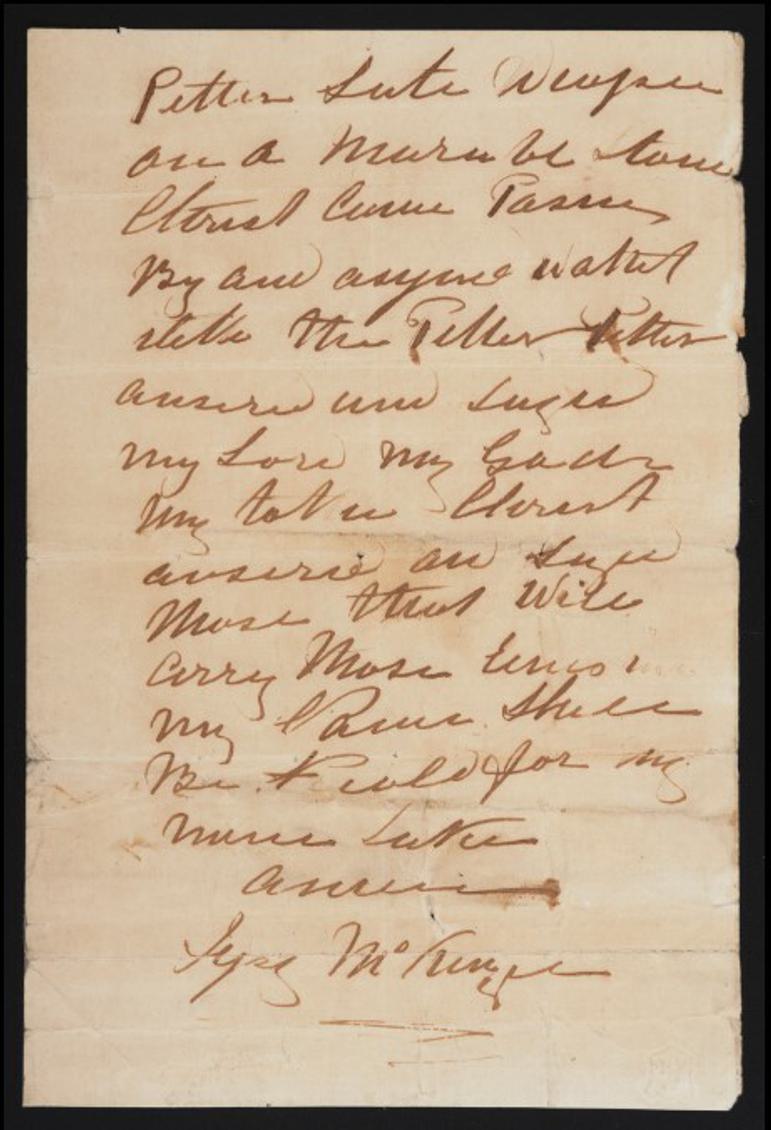
10. Charms to protect animals
Animals were fundamental to the rural economy and people also used charms to protect their livestock from disease and supernatural harm.
This amber cattle charm features a silver chain and a small silver medallion inscribed 'A Gift From Angus Macdonald Bridge of Coe to H McC 1845'.
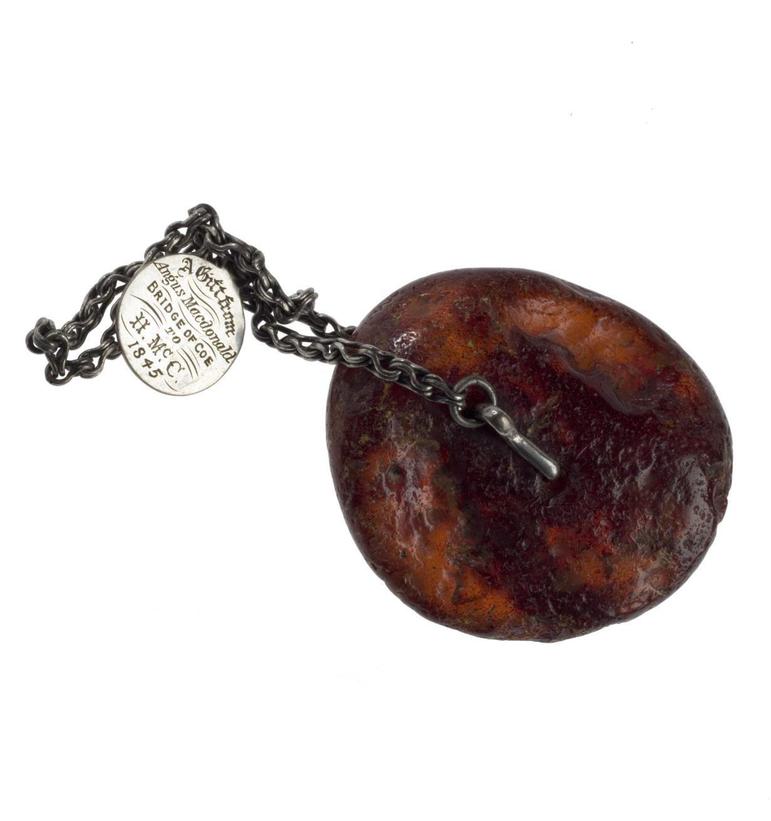
11. Elf bolts and arrowhead charms
Prehistoric arrowheads were often believed to be 'elf bolts' or arrows shot by the fairies to harm animals and people. People thought animals seized with sudden illness had been shot with these arrows. On finding these arrowheads, they were often mounted and used as a charm to counter these attacks.
This arrowhead charm is leaf shaped and set in an 18th or early 19th century pendant container.
